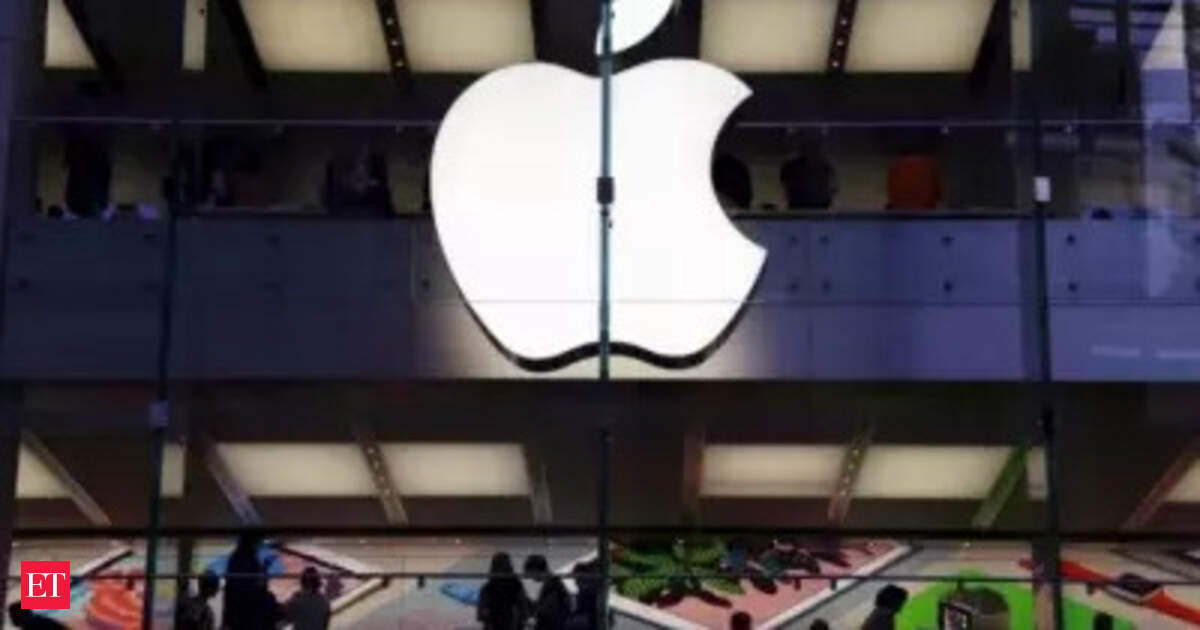Google is unlocking a significant set of new features for Gemini users in India, and has released a first of its kind data on AI adoption in the country. It is a two-pronged approach to new features, which integrates artificial intelligence (AI) video generation capabilities within Gemini, as well as an AI agent being able to understand worldly context if a user enables access to the phone’s camera or shares what’s on the phone’s screen. This, Google hopes, will widen Gemini’s relevance, adding to its arsenal of tools that already include deep integration within Android phones as well as Google’s Workspace, and AI Overviews in Search.

There’s the spectrum of competition too. In just the past few weeks, there has been significant progress in terms of AI models finding new potential capabilities, though a lot of the conversation remains around exactly that — potential, and possible purpose (there is of course an attempt to talk about benchmarks, but those may not translate in the real world). OpenAI’s o3 and o4-mini, xAI adding Studio to Grok, Anthropic’s Claude adding a Research envelope, and Microsoft adding Copilot Vision to the Edge web browser, some illustrations of rapid evolution with consumers in focus. The spark arguably was the release of Chinese AI DeepSeek in January. Their claim to fame was to have rewritten rules of affordable costs for creating an AI model.
“One exciting development has been the launch of the Gemini 2.5 model, that has really taken the generative AI capabilities to a whole new level,” Manish Gupta, Senior Director at Google DeepMind, points out in a conversation with HT.
The Veo 2 video generation model now finds integration within Gemini, thereby adding an ability to generate detailed and natural-looking videos with a prompt. For now, it creates an eight-second video clip at 720p resolution, delivered as an MP4 file in a 16:9 landscape format. Google insists detailed prompts are key to how good the generated videos look — whether it’s a short story, a visual concept, or a specific scene. The video generation capabilities are exclusive for Gemini Advanced subscribers — in India, this costs ₹1,950 per month.
“Going forward, one could see it in a multitude of spaces such as architecture, design and filmmaking. To that extent, therefore, we’re just scraping the surface with this, but the quality is unimaginable,” Shekhar Khosla, Vice President, Marketing at Google India, tells us.
Google confirms that Gemini’s video outputs will be based on the same content policies and guardrails that define the wider generative AI usage in terms of safety, preventing outputs depicting violence, child abuse, violence, self-harm and dangerous activities such as drug use. To distinguish generated videos from ones shot by a user in the real world, these generations will have the SynthID digital watermark embedded in each frame, indicating the videos are AI-generated.
“One of the things where we have made some leadership contributions as a company is in the technology called Synth ID. It’s a powerful technology where different kinds of content, be it video or an image or text, we are able to create a digital signature which identifies that content as AI generated. It is part of our policy to tag any of the AI generated content and any content generated using the Google tools gets marked with SynthID,” explains Gupta.
Synth ID is now also available as open source.
Alongside, Gemini Live is now arriving across Android phones capable of running the Gemini app (including Google’s own Pixel 9 phones, and the Samsung Galaxy S25 Ultra), and will be able to understand context of the world around a user via the phone’s camera or sharing what’s on the screen. The context from the camera can help troubleshoot if a physical object around you isn’t working properly, or help organise a living space.
The ability to share what’s on the phone screen with Gemini Live means help with getting started with a project, assistance with calculations or even studies, and even shopping advice.
A lot of Gemini Live’s contextual smarts emerge from the Project Astra prototype, which the company had made available under the Trusted Tester program. The more capable Gemini Live does not require a Gemini Advanced subscription, and is available in all Android phones that are capable of running the Gemini AI assistant on device. For now, there is no word on when the updated Gemini Live will bring the Apple iPhone into its fold.
The value of Gemini Live’s responses may vary for individuals, but Google hopes support for multiple Indian languages helps with relevance. Gemini, at this time, supports Hindi, Bengali, Gujarati, Kannada, Malayalam, Tamil, Telugu and Urdu, among the spectrum of Indian languages.
“We are not happy and we want to do more. The underlying model understands many more languages and we are trying to go well beyond the 22 scheduled languages, which is considered the Holy Grail. There are so many languages spoken in India and we want to make our models understand over 100 Indian languages,” Gupta explains the vision.
Also Read: AI agents are an opportunity to rethink creativity: Adobe’s Govind Balakrishnan
A few weeks ago, Google released the Gemini 2.5 model, which Google DeepMind CEO Demis Hassabis calls “an awesome state-of-the-art model, no.1 on LMArena by a whopping +39 ELO points, with significant improvements across the board in multimodal reasoning, coding & STEM”. Gemini’s current model line-up available to users, including the Gemini 2.5 Pro (experimental) reasoning model and Gemini 2.0 Flash, include a Deep Research feature, wherein AI can analyse complex topics and generate detailed reports.
A data and relevance question
Artificial Intelligence (AI) adoption is yet to find momentum in India, particularly for consumers. A first of its kind country-focused survey by Google and analytics firm Kantar India, suggests that as many as 60% of respondents aren’t familiar with any AI tool or app, and only 31% have experimented with any generative AI — their sample size includes 8,000 individuals across 18 Indian cities, and this survey culminated in March.
Khosla believes it is also about the relevance of the tools. “Our models now are multimodal, multilingual and have multiple access points. They’re not limited to a few, whether it’s a language, visual, voice or text,” he says. There is expectation that ecosystem partners including the Android phone makers, will help provide even greater visibility, adoption and education for users.
“Bringing meaningful relevance to people’s lives, is important. You may access it, but if you don’t find a difference, you will not come back to it,” Khosla adds.
There is a brighter side to the Google-Kantar report, with suggestions that 75% of the respondents willing to adopt a ‘growth collaborator’ to help them boost productivity (72%), enhance creativity (77%), and communicate better (73%) in their daily routine at home and at work.
Specific to users of Google’s Gemini assistant, underlined by a family of multimodal large language models developed by Google DeepMind, the study suggests there is relevance for improving productivity (93% of Gemini users indicate as much), helping with creativity (85%) and tackling complexity (80%) with expert guidance or helping with decision making.
These numbers underline a potential headroom for AI eventually becoming a regular tool for individuals, and are in stark contrast to enterprise AI adoption in the country. Two distinct sides of the coin for AI companies, one of lost time and the other of potential in one of the world’s biggest markets, even as they’ve been releasing new models and functionalities at a steady pace over the past few months?
In a report in November last year, the Boston Consulting Group had indicated as many as 30% of Indian enterprises and businesses are leveraging AI in some form — higher than the global average of 26%, which fintech, software and banking leading this momentum.
Visual communications platform Canva, in their latest Visual Economy Report, indicate that 9 out of 10 surveyed businesses and enterprises in India are beginning to take first steps towards the use AI for content creation and visual communication tasks.





